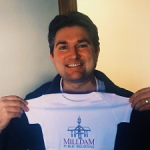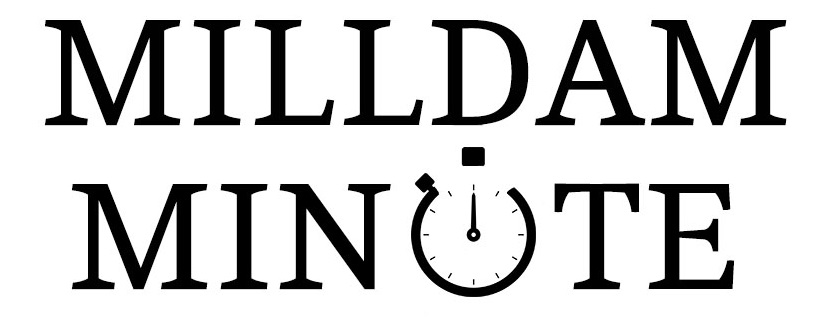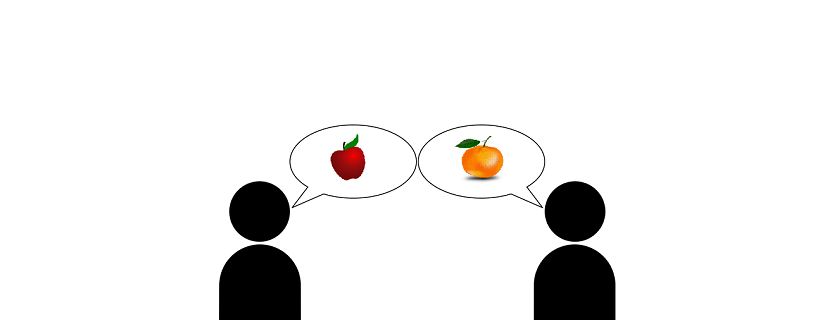
Brendon Stellman authors the column “Pure BS” and is Vice President, Director of Client Relations for Milldam Public Relations.
“Congratulations, we’ve lined up a briefing for you with one of the foremost publications in your industry!”
Fewer words have caused more simultaneous feelings of joy and dread in company executives. On the one hand, speaking directly to a reporter that writes on your industry is one of the best avenues to communicate your offerings to your target audience. It can lead to increased sales, advance thought leadership, and further your career. On the other, fearing that you’ll divulge sensitive information or appear ignorant to a reporter who will quote you is a scary thought. Your company might lose sales and market share……..or you might be looking for a new job.
We understand where you’re coming from.
Since its founding, Milldam Public Relations has secured hundreds, if not thousands of press briefings for our clients. Arranging meetings with reporters and analysts is one of the most popular services requested of us. Because every company has different levels of experience and comfort in talking with the press, we’ve developed a comprehensive orientation to help a variety of staff—marketing, sales, engineers, and executives—understand what to expect in a briefing and how to prepare.
Whether over the phone, at HQ, or in the middle of a busy tradeshow, the same best practices for press interviews apply. These are some of our key points:
- Know Your Company’s Message: Everyone needs to be on the same page. Whether a one-on-one or group interview, sales, marketing, and senior staff need to have consistent messaging (if your company doesn’t know its message, stop everything and strategize on exactly what you want to communicate to your target audience!). Few things will irritate a reporter faster than getting different facts from several sources at the same company. Relevant staff should review key product points, award details, case studies, success stories, etc., before a scheduled interview, tradeshow, or other opportunity where the media might be present. If possible, it can also be helpful to designate different staff as spokespeople on their given areas of expertise during group briefings.
- Address the WIIFM Before Talking With A Reporter: WIIFM or “What’s In It For Me,” is a reminder to take the time and do some research on a reporter and their outlet before an interview takes place. It’s important to understand the topics that they deal with as well as their opinions on those topics (which have likely been communicated to the readership in previous articles). Nothing is worse than securing a briefing with a relevant reporter only to find, once the conversation has started, that they have very different opinions than you on the benefits that your product or service provide. This is also something your PR firm should be able to brief you on.
- Never Ask For A Comment To Remain “Off The Record”: Simply put, “off the record” doesn’t exist. Anything you share with a reporter is considered fair game. That phrase, along with “no comment”, are often red flags for the media. They portray the interviewee as someone that has something to hide, isn’t credible, or is either being difficult or just ignorant on the topic. The end result is the same: you (and your company) won’t be considered a quality source for future articles and are likely to be positioned poorly in the current piece. These phrases should be avoided at all costs.
Communicating with the media is more of an art than a science. There are always variables that you can’t account for and we all share the same concerns if an interview goes off-track. That being said, administering a media training to key staff is the best method to ensure a positive experience with the press. A little preparation goes a long way.




